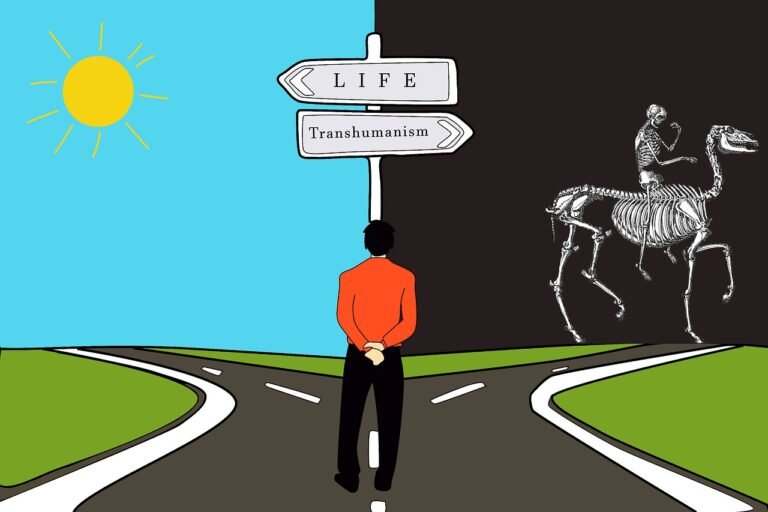What Was The Lancaster House Conference, And How Did It Affect Kenya’s Independence?
Imagine stepping back in time to the year 1960, when pivotal decisions were being made that would shape the fate of Kenya. At the center of this historic event was the Lancaster House Conference, a significant gathering that paved the way for the country’s independence. Delve into the intriguing tale of how this conference unfolded and discover the profound impact it had on Kenya’s journey towards self-determination. Join us as we unravel the captivating story behind the Lancaster House Conference and its lasting effects on the nation.
Overview
The Lancaster House Conference
Kenya’s struggle for independence
The Lancaster House Conference holds immense significance in the history of Kenya’s struggle for independence. This conference, held in London from January 15 to February 11, 1960, was a pivotal moment in shaping the future of Kenya. It aimed to address the demands of nationalist leaders and lay the groundwork for a peaceful transition of power from the colonial authorities to the Kenyan people. The conference succeeded in reaching agreements that set in motion a series of events leading to Kenya’s eventual independence in December 1963.
Background of the Lancaster House Conference
Colonial rule in Kenya
Growth of nationalist movements in Kenya
To understand the need for the Lancaster House Conference, we must examine the historical context in which it took place. Kenya, at the time, was under British colonial rule, which began in the late 19th century. During decades of British rule, Kenya’s resources were exploited, and the indigenous population faced systematic suppression and discrimination. However, the oppressive colonial regime sparked the growth of nationalist movements, which aimed to reclaim the country’s sovereignty and ensure equal rights for all Kenyans.
Convening the Lancaster House Conference
Reasons for convening the conference
Participating parties and individuals
The decision to convene the Lancaster House Conference arose from the recognition by both the British authorities and nationalist leaders that a peaceful resolution was necessary to address the mounting pressure for independence in Kenya. The conference provided a platform for dialogue and negotiation, ultimately aiming to find a mutually agreeable political framework that could pave the way for self-governance. The participants at the conference included representatives from the British government, Kenyan political parties, and nationalist leaders such as Jomo Kenyatta, the future President of Kenya, and Tom Mboya, a prominent trade unionist and politician.
Objectives of the Lancaster House Conference
Key goals and priorities
Desired outcomes
The Lancaster House Conference was guided by several key goals and priorities. Firstly, it aimed to address the issue of land ownership, which was a significant concern for both the British settlers and the indigenous population. Additionally, it sought to establish a constitutional framework that would protect the rights and interests of all Kenyans, regardless of their ethnicity or socioeconomic background. The desired outcome of the conference was the establishment of a roadmap towards independence, trust-building between the British and Kenyan parties, and a plan for a peaceful transition of power.
Negotiations and Discussions at the Conference
Agenda and topics of discussion
Key players and their roles
During the Lancaster House Conference, various agenda items were discussed and negotiated. These included the redistribution of land, the granting of universal suffrage, and the formation of a multi-ethnic and inclusive government. The discussions also focused on the protection of minority rights and the management of the economic transition post-independence. Key players in the negotiations included representatives from the British government, nationalist leaders, and other political figures. Jomo Kenyatta played a pivotal role as the spokesperson for the nationalist movement, advocating for the recognition of Kenya’s independence and the inclusion of all ethnic communities in the political process.
Provisions and Agreements Reached
Distribution of power and responsibilities
Timing and roadmap for independence
The Lancaster House Conference achieved significant milestones in terms of power-sharing and the roadmap for independence. The conference agreed on a constitutional framework that established a parliamentary system, where executive power would be held by a prime minister. It also ensured proportional representation across ethnic groups, maintaining a delicate balance of power. Importantly, the agreement recognized the right to universal suffrage, marking a critical step towards inclusive governance. The conference also set a timeline for Kenya’s independence, with constitutional amendments and preparations for fully representative elections.
Impacts and Effects of the Lancaster House Conference
Immediate and long-term effects
Political, social, and economic implications
The Lancaster House Conference had both immediate and long-term effects on Kenya. In the immediate aftermath, it solidified the path towards independence and provided a framework for the peaceful transition of power. It also prompted the release of political prisoners, including Jomo Kenyatta, who went on to become Kenya’s first president. Socially, the conference helped promote national unity by acknowledging the diversity of ethnic groups and ensuring their representation in the government. Economically, it signaled a shift towards self-determination, allowing Kenya to prioritize its own development needs.
Reflections and Criticisms of the Lancaster House Conference
Evaluation of outcomes
Controversies and critiques
While the Lancaster House Conference was crucial in Kenya’s struggle for independence, it was not without its share of reflections and criticisms. The outcomes of the conference have been evaluated in various ways. Some argue that it was a successful event that laid the foundation for peaceful independence, while others critique the compromises made and the perpetuation of power imbalances. Controversies also arose regarding the measures taken to address land redistribution, with some considering them inadequate. Additionally, concerns have been raised about the representation of women and marginalized communities in the negotiated agreements.
Legacy of the Lancaster House Conference
Significance for Kenya’s history
Lessons learned and ongoing challenges
The legacy of the Lancaster House Conference continues to shape Kenya’s history. It marked a significant turning point in the nation’s struggle for liberation, leading to Kenya’s independence on December 12, 1963. The negotiated agreements and constitutional framework established during the conference laid the foundation for Kenya’s political system, which has endured to this day. The Lancaster House Conference highlights the importance of dialogue, negotiation, and compromise in resolving complex political issues. However, ongoing challenges in land reform, ethnic tensions, and inclusive governance remain, reminding us of the work yet to be done.
Conclusion
Summary of the Lancaster House Conference’s impact on Kenya
Relevance in contemporary context
In conclusion, the Lancaster House Conference played a critical role in shaping Kenya’s path towards independence. It addressed the demands of nationalist leaders and set in motion a series of events that culminated in Kenya’s liberation. The conference’s focus on power-sharing, inclusive governance, and land redistribution addressed key challenges of the time and paved the way for a new era in Kenyan history. While its outcomes have been subject to evaluation and critique, the conference and its legacy serve as a reminder of the importance of peaceful negotiations and compromise in achieving lasting change. In the contemporary context, the Lancaster House Conference remains relevant as a historical landmark and a testament to Kenya’s journey towards building a diverse, inclusive, and democratic nation.






